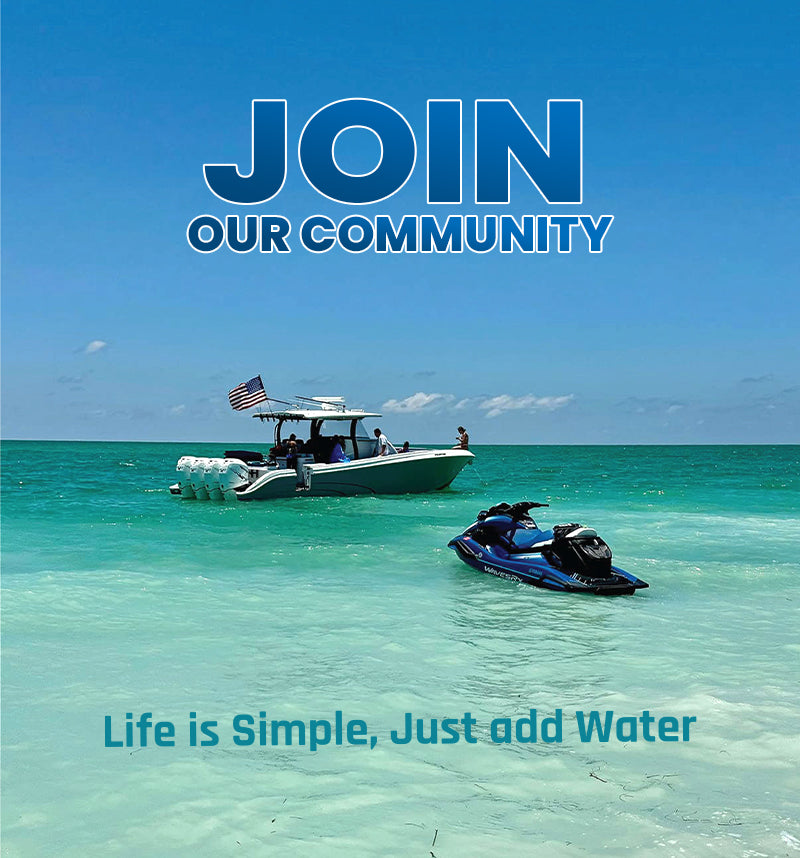Preventing Tube Tow Rope Burns and Injuries on the Water
Spending a day on the water can bring excitement and a much-needed escape. Tubing behind a boat offers a thrilling ride, creating lasting memories with family and friends. But amidst the fun, it’s important to be aware of some hazards that can sneak up on you, including tube tow rope burns and injuries. Understanding these risks helps ensure that nothing dampens your day on the water.
It might be surprising, but injuries from tube tow ropes happen more often than you think. The good news is, by taking a few simple precautions, you can significantly minimize these risks. From picking the right rope to practicing safe tubing techniques, there are smart ways to keep everyone safe and sound.
Understanding Tube Tow Rope Burns
Tube tow rope burns are injuries that happen when the skin comes into contact with a moving rope, causing friction that may lead to burns or abrasions. These injuries occur all too easily during water sports, especially when the boat’s speed creates high tension in the rope. As the rope whips through the water, a minor misstep can bring skin dangerously close, resulting in a painful burn. Grasping the rope inappropriately or not giving it enough clearance during movements increases the likelihood of such incidents.
Imagine a child being pulled on a tube for the first time. They might accidentally reach for the rope as a security blanket when the ride gets bumpy. A swift jerk from the boat can turn that moment of vulnerability into a painful experience. Avoiding direct contact with the rope and maintaining balance on the tube can help prevent these mishaps.
Bullet points can help highlight key preventive measures:
- Always instruct riders to hold onto the tube handles, not the rope.
- Keep hands and feet away from the rope, especially when the boat is moving.
- Communicate effectively with the boat driver to ensure smooth and predictable movements.
By understanding these dynamics, you better equip yourself to enjoy the excitement of tubing without the unwanted interruptions of unexpected injuries. Preparing for safe practices not only ensures everyone’s safety but also makes for a more enjoyable experience for all.
Choosing the Right Tube Tow Rope
Picking the proper tube tow rope can make all the difference in ensuring a fun and injury-free day on the water. Not all ropes are the same, and certain features can help you avoid burns. When shopping for a rope, consider its length and strength. Longer ropes allow for more slack and flexibility, reducing the likelihood of accidental contact during sharp turns or fast movement.
Look for ropes made from materials that offer a good grip yet remain smooth enough to lessen friction burns. Double-braided or high-quality nylon ropes are popular because they're both strong and gentle on the hands.
Here are a few things to remember when selecting your rope:
- Check the weight capacity of the rope to make sure it's suitable for the number of riders.
- Look for ropes with a bright color so they remain visible in the water.
- Consider ropes with handles or grips that improve control and safety.
Making the right choice from the start helps ensure everyone stays safe and enjoys their time on the water without a hitch.
Safety Practices on the Water
Once equipped with the right rope, implementing safe practices safeguards against injuries. Always begin with protective gear. Life vests are non-negotiables for all riders, no matter their swimming skills. Helmets can add an extra layer of protection for younger riders or those less experienced.
Positioning on the tube plays a big part too. Riders should have a firm grip on tube handles at all times and keep all body parts clear of the rope. Spacing is just as important. Maintain a safe distance between the boat and the tube, ensuring the rider has room to maneuver safely without risk of getting too close to the boat’s wake or the rope.
Speed control is another key safety measure. The driver should adjust the boat's speed according to the experience level of the riders, the weather conditions, and the water traffic. Quick shifts or erratic moves on the water can lead to rope mishaps or cause the tube to flip unexpectedly.
First Aid Measures for Rope Burns
Even with the best precautions, accidents can occur. Knowing how to respond if someone suffers from a rope burn is part of staying prepared. First, clean the affected area gently but thoroughly with clean water to remove debris and reduce the risk of infection. Avoid using soap as this can irritate the wound further.
After cleaning, cover the burn with a sterile bandage or clean cloth. Over-the-counter pain relief can help ease discomfort. Monitor closely for signs of infection, such as increased redness, swelling, or pus. If any of these symptoms appear or if the burn is severe, seek professional medical help promptly.
Being ready with a basic first aid kit on your boat ensures minor cuts and burns don’t throw a wrench into your day of fun on the water.
Wrapping Up Your Tubing Adventures Safely
Enjoying tubing without incidents hinges on being prepared and practicing smart safety habits. From selecting the right equipment to maintaining safe tubing practices, small actions go a long way in preventing accidents. Keeping this knowledge handy ensures that every ride is as enjoyable as it is safe for everyone involved.
Regular checks on your equipment and understanding the simplest safety protocols contribute to carefree and memorable adventures. As water tubing season arrives, dive into the fun with confidence, knowing that you’ve taken the steps to protect your loved ones while creating amazing memories together.
Wrapping up a day on the water with no injuries is a win for everyone. To further enhance your experience, explore our selection of high-quality tube tow rope options at WavesRx. Let us help you ensure every tubing adventure is as safe and enjoyable as possible.


